SUMATRAN ORANGUTAN
The Sumatran orangutan is one of the three species of orangutans. Found only on the Indonesian island of Sumatra.
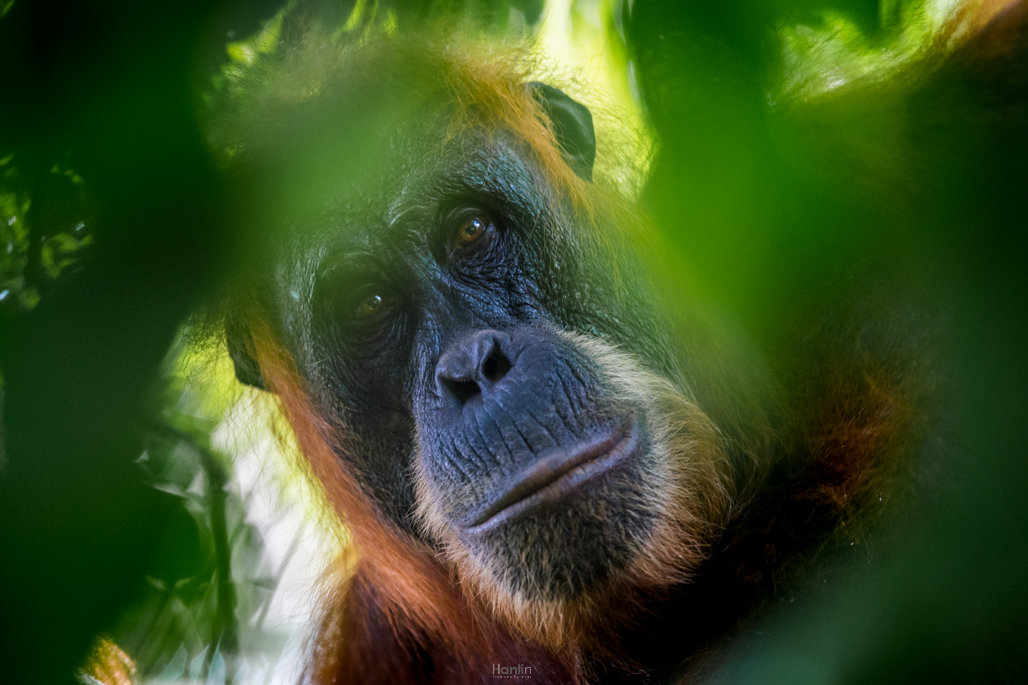
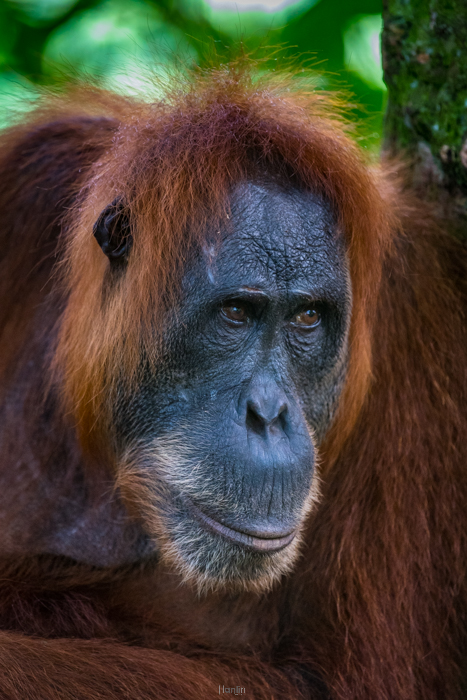
The orangutans are the heaviest and largest mammals to travel by tree and spending most of their time in trees.
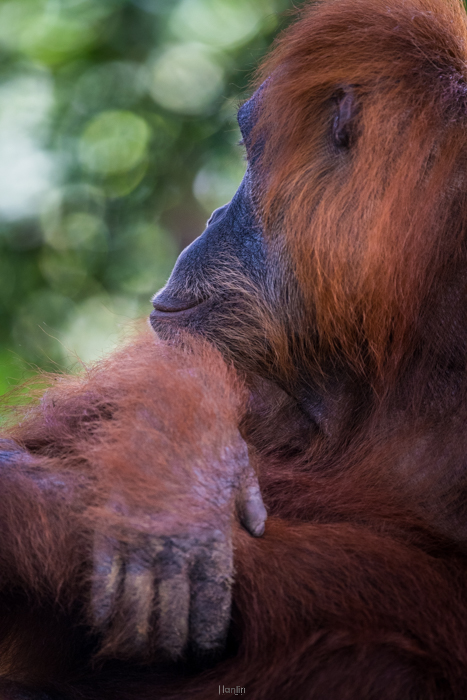
Orangutans make a nest of vegetation to sleep in at night, and rest in smaller nets during the day. The orangutans’ nests are generally built between 11 and 20 meters off the ground, and are built entirely from branches, sticks, and leaves. These nests may provide safety from predators, or help the apes to sleep warm. Like all apes, orangutans construct new ones every day.
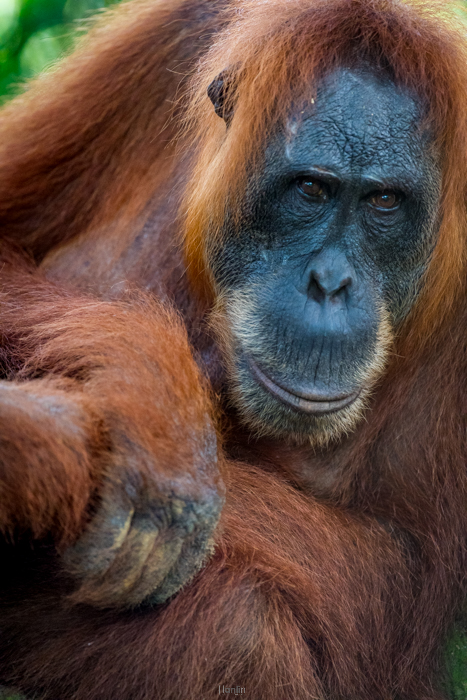
Sumatran orangutans have longer facial hair. Orangutans travel by moving from one tree to another, and usually avoid climbing down to the ground.
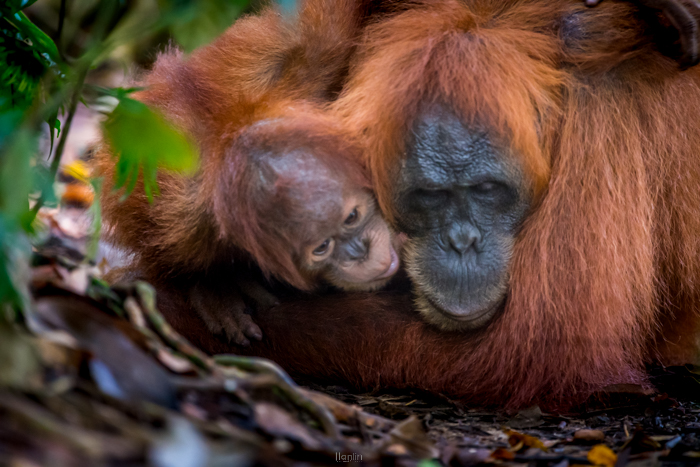
Orang-utans can live up to 50 years in the wild. Females first reproduce between 10-15 years of age. They give birth at most once every 5 years, and the interval between babies can be as long as 10 years.
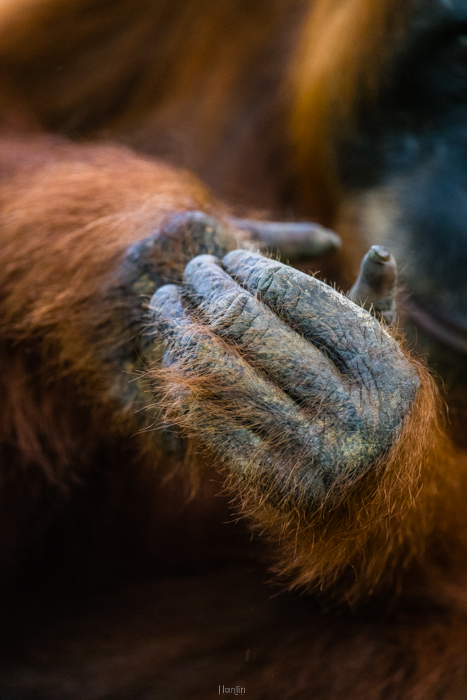
Long, powerful arms and grasping hands and feet allow them to move through the branches. About 60% of the orang-utan’s diet includes fruit, such as durians, jackfruit, lychees, mangosteens, mangoes and figs.
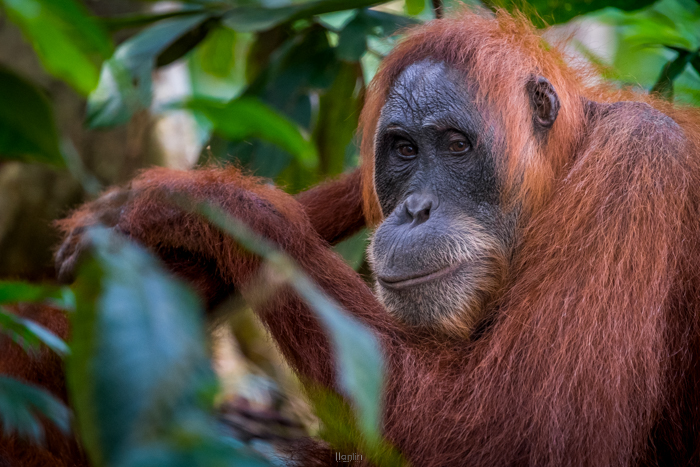
A century ago there were probably more than 230,000 orangutans in total, but the Bornean orangutan is now estimated at about 104,700 based on updated geographic range (Endangered) and the Sumatran about 7,500 (Critically Endangered).
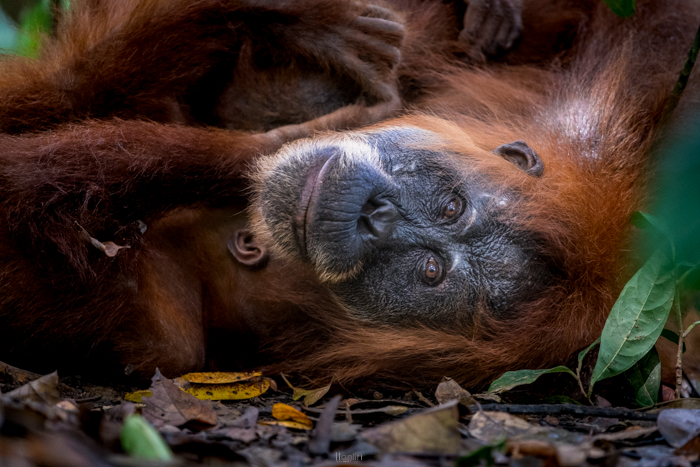
Orangutans’ extremely low reproductive rate makes their populations highly vulnerable. Females give birth to one infant at a time about every 3-5 years, so these species can take a long time to recover from population declines. With human pressure only increasing, orangutans face an increasing risk of extinction
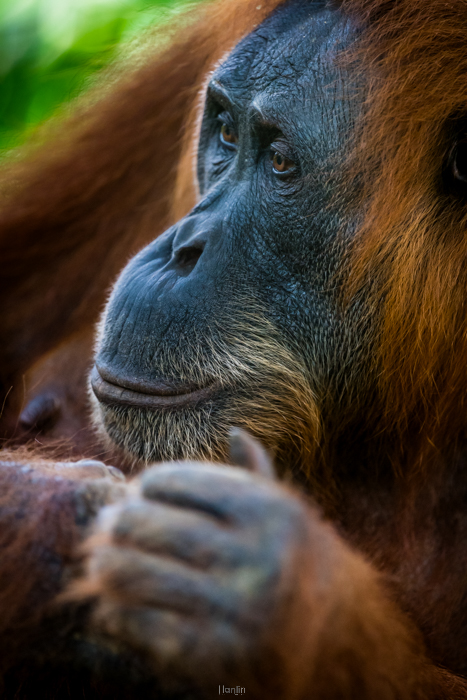
No Comments